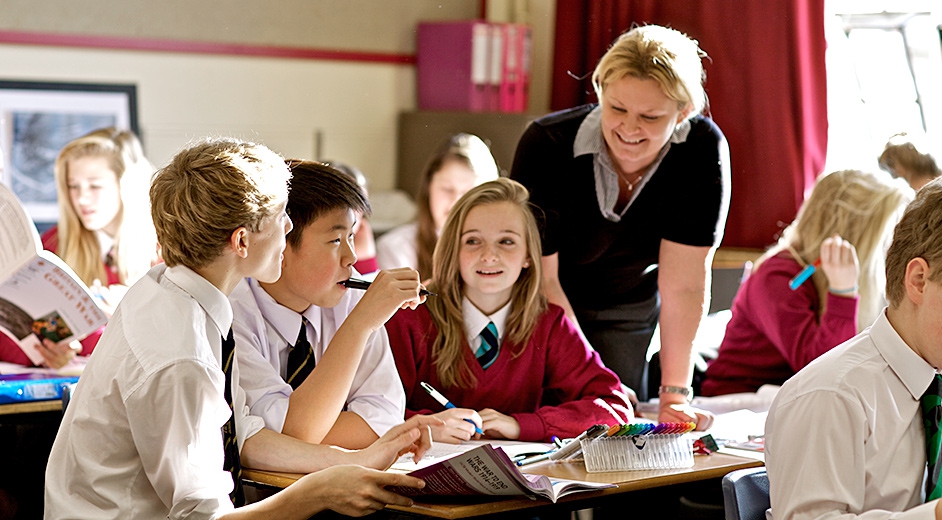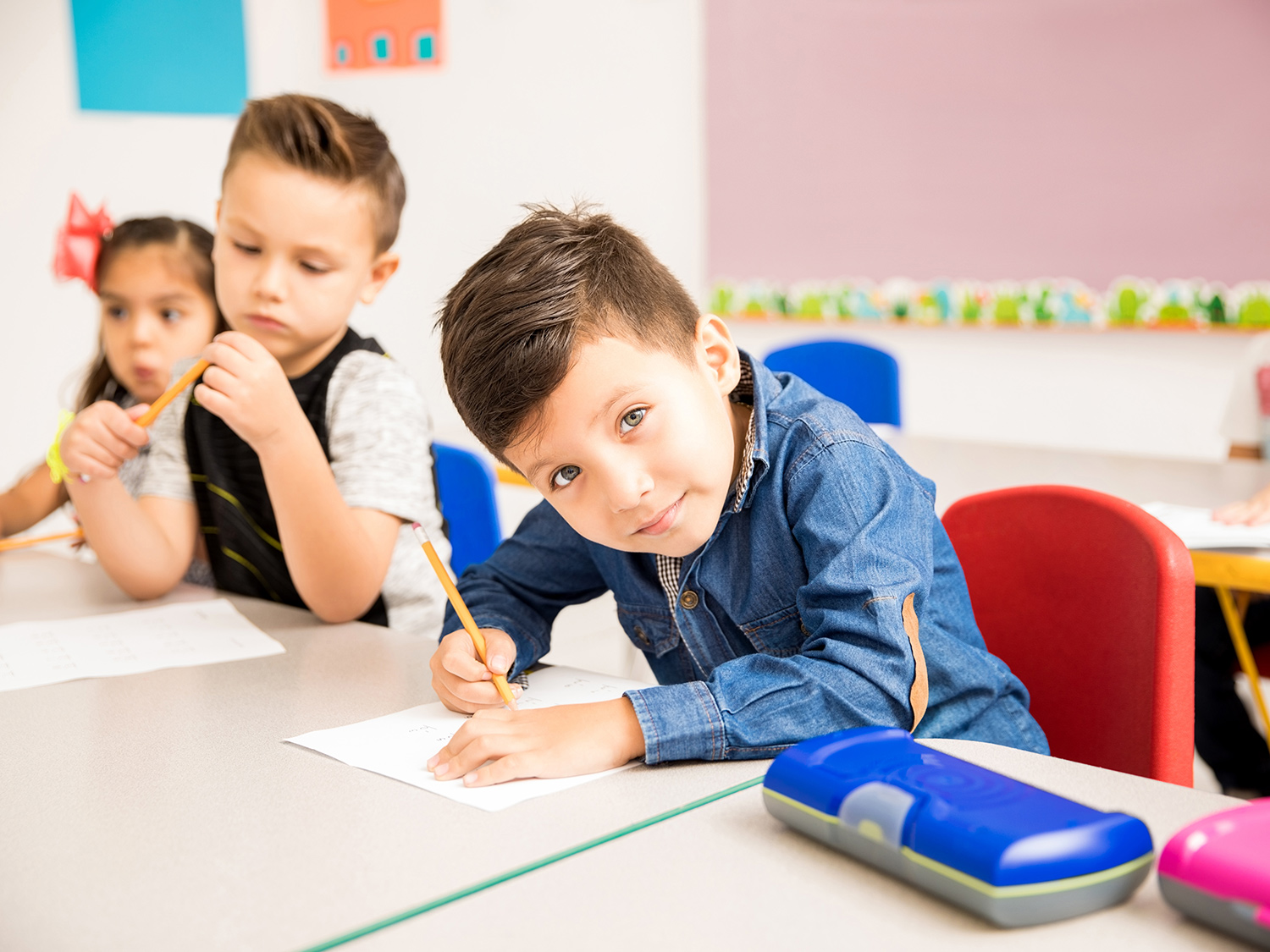
As a classroom teacher, I made Writing Workshop a regular part of my schedule – whether I taught grades 3-5 (as I did for three years), or grades 1-2 (as I did for five years). I found that the more time and instruction I gave, the greater the likelihood that my students would love to write.
So… do you consider yourself a natural speller? How about your kids? It’s true that the ability to spell comes easily to some kids and not so easily to others. I remember a first grade student who was a natural speller. At her parent teacher conference I asked which of her parents she inherited that gift from. Sight words for 1st grade these words can teach your child to express their thoughts correctly.
The answer was, “Both of us.”
Then her dad continued. “She’ll also inherit size 12 prom shoes.”
I guess that’s what happens when both of your parents are six feet tall!
Whether or not your child is a natural speller, these free printable spelling dictionaries are a fabulous resource.
How to use the spelling dictionaries

- If you are the parent of a preschooler or kindergartner, consider printing a book without the word lists. This way your child can be a word collector – spelling words as he hears them and writing words he already knows (his name, Mom, Dad, etc.).
Just yesterday my Four (almost five) was excitedly writing his own invented spellings. He spelled turtle “TRDL.” I thought that was fabulous!
- If you choose to print a dictionary with word lists, encourage your child to use it as a reference as he seeks the spellings of words commonly used in writing.
- Have your child use the lines as a recording space to write words he wants to use in his writing. “How do you spell ‘happy’?” (Encourage him to write the word on the “H” page as you give him the spelling, so he doesn’t need to ask again.)
- Let your child find his own use for the dictionary. While I was working with my Four, my daughter was busy copying words from the word lists. This was not my intent when I created the dictionary, but who am I to get in the way of child-led spelling practice? When she wondered what to do next, I suggested she get out her new picture dictionary and find words she wanted to record. She was enthusiastic and stayed busy for a while. 1st grade spelling words these words help to develop a beautiful speech for comfortable communication with teachers and parents.
How not to use the dictionaries
- Please don’t encourage your child to look up every word he wants to write. This will really slow down the creative process and make him dependent on spelling every word correctly before he’s ready to do that.
- Please encourage your child to “invent” spellings according to her ability. For example, I was thrilled when my Four spelled turtle “TRDL.” Look at how many sounds he puzzled out! He was learning much more about sounds by figuring out his invented spelling than by writing letters by rote as I dictated them, which would merely be handwriting practice.
Of course, if your child is truly ready to learn and remember a spelling, by all means supply the correct one.
Already in the first grade, children write essays, small and small. It is necessary to have an appropriate resource at hand that will help you in creating an essay. Sight words first grade will help your child develop speech for comfortable communication with other people.
Choose one of six !
When I first created these dictionaries, my oldest son was showing an increased interest in words. He asked about words in print and wanted to write notes to his sister. I knew it was time to give him a spelling dictionary, too. However, since he was reading very little, I did not want to give him a dictionary with word lists already included. Instead, I wanted him to puzzle out spellings on his own — while having a special place to house words that he uses a lot.
That’s why the first two versions have just the letters and a picture clue on each page. I included pictures for the long and short vowel sounds as well as pictures for the hard and soft sounds of C and G.


